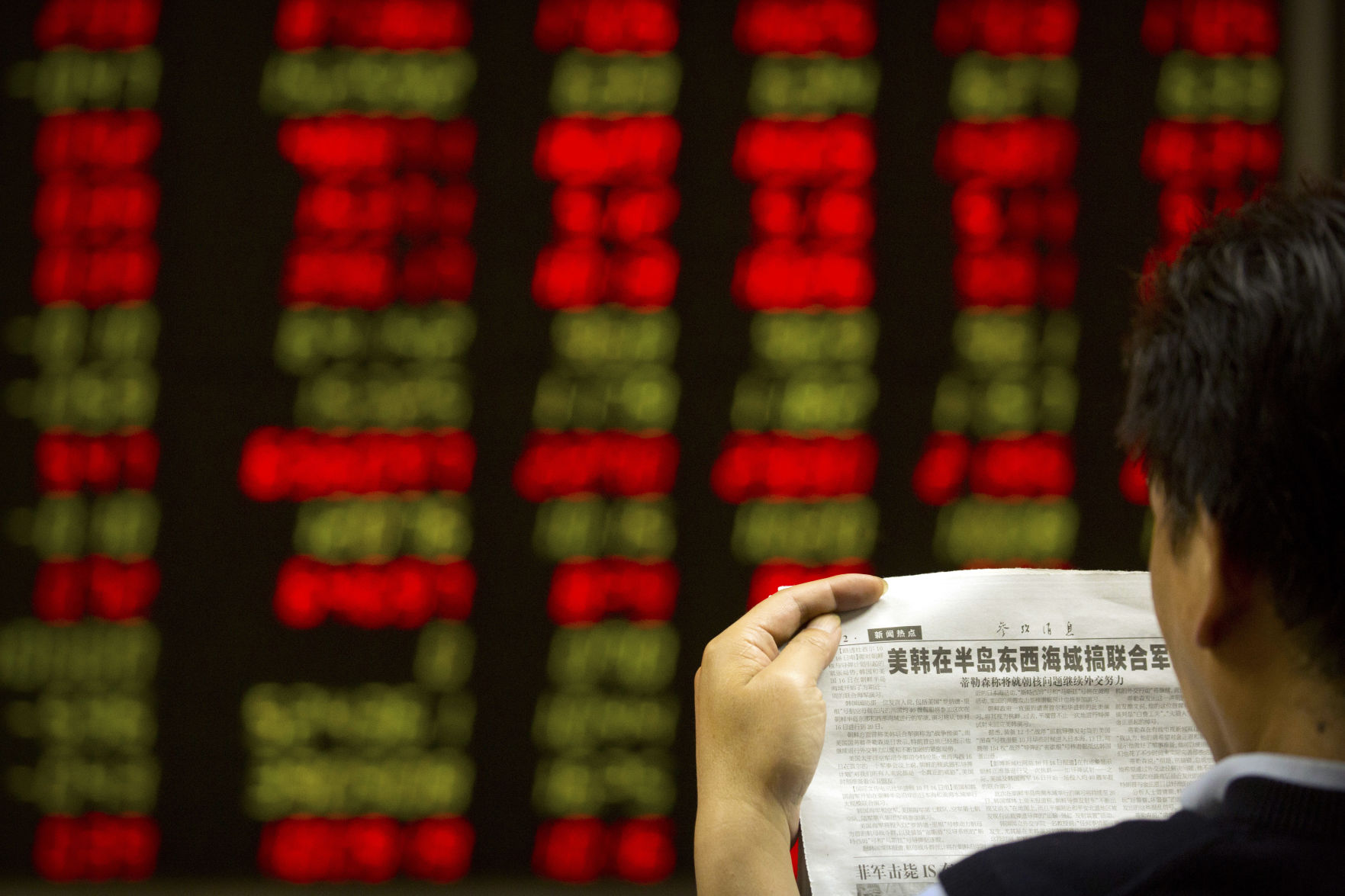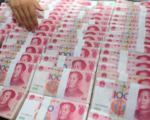China’s economy grew at its slowest pace since early 2023 in the third quarter, as the country’s ongoing property sector crisis continues to hamper growth. Although consumption and factory output exceeded expectations in September, the real estate downturn remains a significant challenge. Beijing has introduced several stimulus measures, but markets are still waiting for more clarity on the scope of these interventions and how they will support long-term growth.
In the July-September period, China’s GDP expanded by 4.6%, slightly above the forecast of 4.5% but below the 4.7% growth seen in the second quarter. Bruce Pang, Chief Economist at JLL, noted that this performance was largely expected, citing weak domestic demand, a struggling housing market, and sluggish export growth as key factors behind the slowdown. He emphasized that the effects of the late September stimulus package will take time to materialize and bolster growth in the coming quarters.
Despite these challenges, Chinese officials expressed confidence in achieving the government’s annual growth target of around 5%. Sheng Laiyun, deputy head of China’s statistics bureau, stated during a post-data press conference that further policy support, including a reduction in banks’ reserve requirements, would help sustain the economic recovery. He predicted continued stabilization in the fourth quarter, underpinned by improved consumption and industrial output figures.
While industrial output and retail sales data for September beat forecasts, the property sector remains a sore spot. Betty Wang, an economist at Oxford Economics, downplayed the significance of the better-than-expected September numbers, noting that structural issues in the real estate and household sectors persist. She warned that while the recent stimulus measures may cushion downside risks to 2024 growth, they are unlikely to reverse the broader structural downturn.
A Reuters poll suggests China’s economy will expand by 4.8% in 2024, below Beijing’s target, with growth slowing further to 4.5% in 2025.
PROPERTY SECTOR WOES
On a quarter-to-quarter basis, the economy grew by 0.9% in Q3, up from a revised 0.5% in Q2, but below the forecast of 1.0%. The weakness of the property sector remains a central concern, as real estate accounts for 70% of Chinese household wealth and once contributed up to a quarter of the country’s economy. Consumers, wary of the property market’s instability, have cut back on spending, negatively impacting businesses dependent on robust domestic demand. For example, eyewear maker EssilorLuxottica, which produces Ray-Ban and Oakley brands, reported missing revenue targets in Q3 due to weak Chinese consumer demand.
Further compounding worries, new home prices in China fell at the fastest rate since 2015 in September, indicating that the property market remains in crisis despite multiple rounds of policy support over the past year. Additionally, China’s crude steel output fell for the fourth consecutive month, reflecting sluggish demand for construction materials.
While the export sector has been a rare bright spot for China’s economy, growth in exports slowed sharply in September, raising concerns about the sector’s future performance.
DEFLATIONARY PRESSURES AND POLICY RESPONSE
Following the release of the Q3 data, China’s stock markets were volatile but eventually rallied. The blue-chip CSI300 Index rose by 2.5%, and the Shanghai Composite gained 2.0%, boosted by new central bank funding schemes aimed at supporting the equity market. However, some economists believe China is grappling with deflationary pressures, which have persisted since early 2023. Toru Nishihama, Chief Economist at Dai-Ichi Life Research Institute, warned that China faces excess supply and weak demand, suggesting the country may fall into full-fledged deflation.
Policymakers have pledged to shift from relying on infrastructure and manufacturing investments to focus on stimulating domestic consumption. The central bank rolled out aggressive monetary support in late September, the most substantial measures since the COVID-19 pandemic, to bolster the property and stock markets. However, markets remain skeptical, as details about the total size of the stimulus package and the government’s long-term growth strategy remain unclear.
China faces structural challenges, including overcapacity, high debt levels, and an ageing population. Nishihama stressed that while the government has introduced numerous stimulus measures, it has yet to address these fundamental problems, leaving markets uncertain about the future trajectory of China’s economic recovery.


















